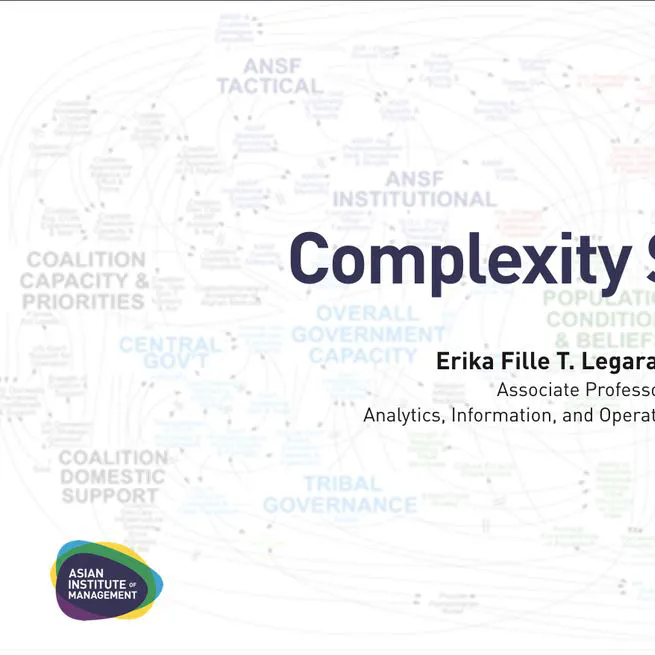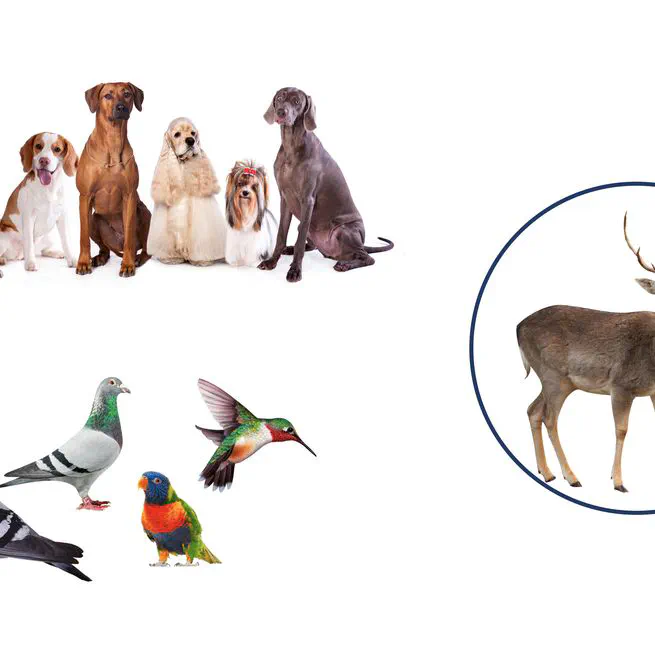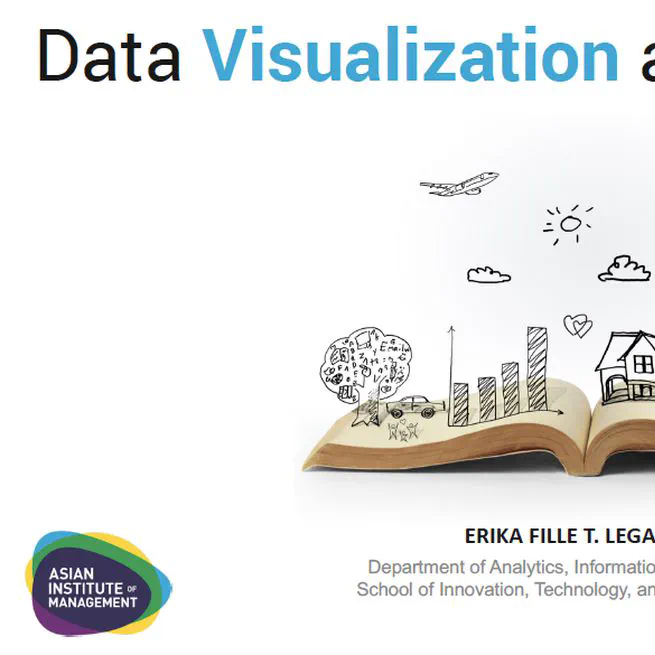
This course introduces participants to the latest trends in analytics in the era of big data, artificial intelligence, and the Internet of Things. The course explores various data-driven approaches, frameworks, and models used by different industries across functions to improve processes and/or create new and innovative products. In particular, participants will familiarize themselves with the different levels of analytics—descriptive, predictive, and prescriptive, and will be tasked to identify use cases where the approaches can be applied.
Jul 14, 2019

Complex Systems are systems composed of heterogeneous agents that are highly interacting and whose interactions result to emergent behavior, e.g. societies, economies, markets, cities, and biological systems like the immune system and the brain, to list a few. In this class, are exposed to various tools used in characterizing and modeling complex systems. The topics include dynamical systems, chaos, fractals, self-organization, cellular-automata modeling, agent-based modeling, and complex networks.
Jan 1, 2019

In this 1-unit course, students learn data science fundamentals that are more in tune with their applications to business; essentially, how the field is applied in the real-world. Students are provided with a comprehensive overview of data science and artificial intelligence—what they are and what they’re not. Students are also exposed to the current state of data science and its future direction(s). The class has data science practitioners share their experiences—from how companies come up with a data strategy toward becoming a truly data-driven organization, to building data science teams, to learning about the challenges companies faced and are currently facing. Participants learn about data workflows and pipelines; they will learn and appreciate how to assemble and lead data science enterprises. Finally, the course also covers the fundamentals of data privacy and data/AI ethics.
Aug 1, 2018

In this course, students will learn to appreciate the importance of successful data visualizations and intelligible stories in communicating insights. Using real-world datasets, learners will gain the necessary skills to fashion effective vizzes that exhibit not only good design elements but also layers of information that when weaved together as a narrative can drive stakeholders to take action. Storytelling will be emphasized across the sessions.
Feb 1, 2018